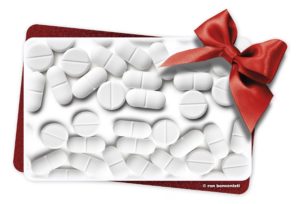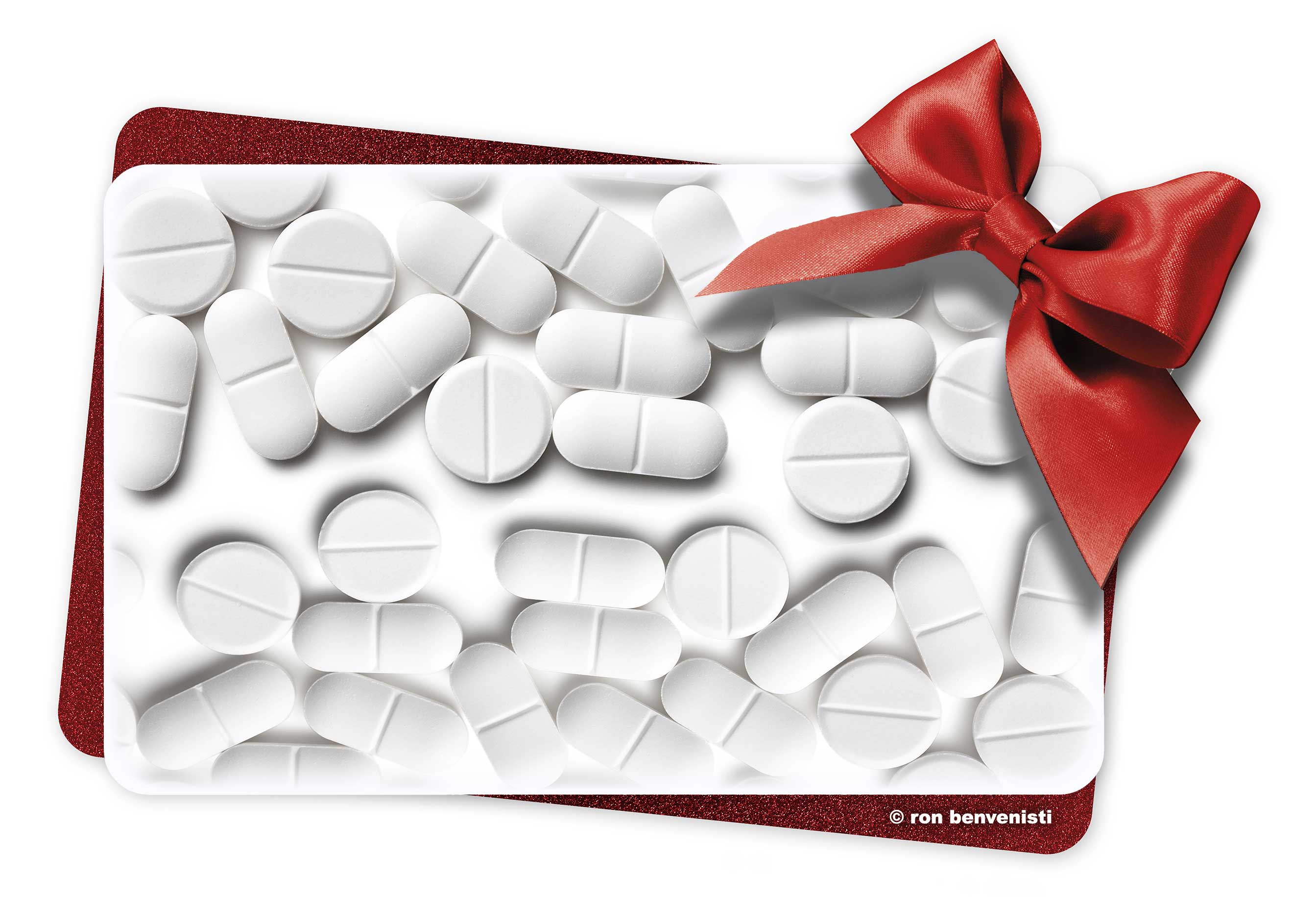 In recent days it has been widely reported that addicts have been using gift cards to target major retailers and their store-return policies to pay for drugs.
In recent days it has been widely reported that addicts have been using gift cards to target major retailers and their store-return policies to pay for drugs.
According to the CDC, Drug overdose deaths and opioid-involved deaths continue to increase in the United States. The majority of drug overdose deaths (more than six out of ten) involve an opioid.
Since 1999, the number of overdose deaths involving opioids (including prescription opioids and heroin) quadrupled. From 2000 to 2015 more than half a million people died from drug overdoses.
91 Americans die every day from an opioid overdose.
Overdoses from prescription opioids are a driving factor in the 15-year increase in opioid overdose deaths. The amount of prescription opioids sold to pharmacies, hospitals, and doctors’ offices nearly quadrupled from 1999 to 2010, yet there had not been an overall change in the amount of pain that Americans reported. Deaths from prescription opioids—drugs like oxycodone, hydrocodone, and methadone—have more than quadrupled since 1999.
A recent investigation in Shelby County, Tennessee revealed a scam involving gift cards and major retailers nationwide has been helping to fuel the opioid epidemic.
A CNBC investigation discovered that drug users have been targeting stores such as Target, Wal-Mart and Home Depot by stealing items and returning them at another location without a receipt, getting a gift card as a result.
The gift card is then sold to a secondary source for cash, such as a pawn shop or a cash for card operation at a discounted price. Addicts said the crime is an easy one to commit.
When CNBC went to the Gateway Community Services rehab center to speak with recovering addicts about the scam patient Kristen Booth told them, “When you’re suffering from addiction, any length means any length. I would get receipts and take them back in there, and I would go and take things off the shelf. I would make sure I left the store so on camera it looked like I purchased the items, and then come back and go to customer service.”
Law enforcement said paying for opioids with cash made from gift cards is a growing issue. “The outright theft is not as common as it used to be, now that there is loading of gift cards and the online sales of these gift cards. And law enforcement is just really not familiar with tracking it yet,” Shelby County Lt. David Ballard said. “You don’t care how many charges you have, you don’t care what you’ve been through; you just care about the next one,” Booth added.
The state of Tennessee found a direct correlation between the gift card scam and overdoses. Knoxville Police said 16 out 19 overdoses in one month were linked to the sale of gift cards, and 83 out of 98 overdoses over a three-month period were linked as well.
“It would be no different than if there was a rock lying there,” Tennessee Sen. Richard Briggs said. “And if you lifted it up, and this horrible smell came out, and this monster came out. We had no idea that the organized retail theft was related so intimately with the opiate and drug trade.”
A National Crisis:
President Donald Trump declared the opioid epidemic a national public health emergency. The president said “We can be the generation that ends the opioid epidemic.”
“This epidemic is a national health emergency,” he said. “Nobody has seen anything like what is going on now.” “As Americans, we cannot allow this to continue. It is time to liberate our communities from this scourge of drug addiction. Never been this way. We can be the generation that ends the opioid epidemic. We can do it.”
“Every person who buys illicit drugs here in America should know that they are risking their futures, their families and even their lives,” he said. “Illegal drug use is not a victimless crime. There is nothing admirable, positive or socially desirable about it.”
The misuse of and addiction to opioids—including prescription pain relievers, heroin, and synthetic opioids such as fentanyl—is a serious national crisis that affects public health as well as social and economic welfare. The Centers for Disease Control and Prevention estimates that the total “economic burden” of prescription opioid misuse alone in the United States is $78.5 billion a year, including the costs of healthcare, lost productivity, addiction treatment, and criminal justice involvement.
How Did We Get to this Point?
In the late 1990s, pharmaceutical companies reassured the medical community that patients would not become addicted to prescription opioid pain relievers, and healthcare providers began to prescribe them at greater rates. This subsequently led to widespread diversion and misuse of these medications before it became clear that these medications could indeed be highly addictive.
Opioid overdose rates began to increase. In 2015, more than 33,000 Americans died as a result of an opioid overdose, including prescription opioids, heroin, and illicitly manufactured fentanyl, a powerful synthetic opioid.1 That same year, an estimated 2 million people in the United States suffered from substance use disorders related to prescription opioid pain relievers, and 591,000 suffered from a heroin use disorder (not mutually exclusive).5 Here is what we know about the opioid crisis:
- Roughly 21 to 29 percent of patients prescribed opioids for chronic pain misuse them.
- Between 8 and 12 percent develop an opioid use disorder.
- An estimated 4 to 6 percent who misuse prescription opioids transition to heroin.
- About 80 percent of people who use heroin first misused prescription opioids.
This issue has become a public health crisis with devastating consequences including increases in opioid misuse and related overdoses, as well as the rising incidence of neonatal abstinence syndrome due to opioid use and misuse during pregnancy. The increase in injection drug use has also contributed to the spread of infectious diseases including HIV and hepatitis C. As seen throughout the history of medicine, science can be an important part of the solution in resolving such a public health crisis.
What are HHS and NIH doing about it.
In response to the opioid crisis, the U.S. Department of Health and Human Services (HHS) is focusing its efforts on five major priorities:
- improving access to treatment and recovery services
- promoting use of overdose-reversing drugs
- strengthening our understanding of the epidemic through better public health surveillance
- providing support for cutting-edge research on pain and addiction
- advancing better practices for pain management
The National Institutes of Health (NIH), a component of HHS, is the nation’s leading medical research agency helping solve the opioid crisis via discovering new and better ways to prevent opioid misuse, treat opioid use disorders, and manage pain. To accelerate progress, NIH is exploring formal partnerships with pharmaceutical companies and academic research centers to develop:
- safe, effective, non-addictive strategies to manage chronic pain
- new, innovative medications and technologies to treat opioid use disorders
- improved overdose prevention and reversal interventions to save lives and support recovery
Ron Benvenisti

